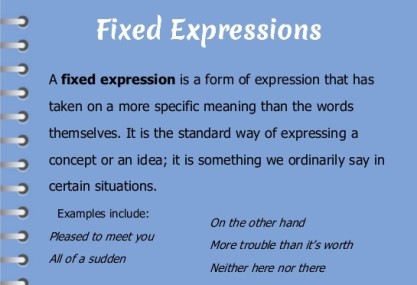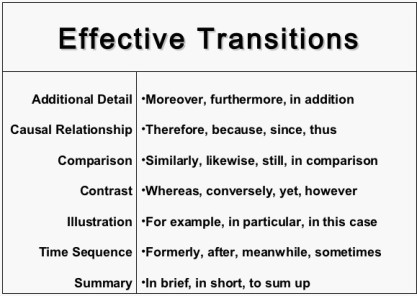 Welcome to this week’s blog. My name is Hayden, I am the Director of Studies at Langports Gold Coast and I would like to talk about the Cambridge FCE (First Certificate in English) and Cambridge CAE (Certificate in Advanced English) speaking tests.
Welcome to this week’s blog. My name is Hayden, I am the Director of Studies at Langports Gold Coast and I would like to talk about the Cambridge FCE (First Certificate in English) and Cambridge CAE (Certificate in Advanced English) speaking tests.
The Cambridge FCE and CAE tests are made up of four components; Reading & Use of English, Writing, Listening and Speaking. For the purpose of this blog, I will help you to understand the marking criteria of the Cambridge speaking test so to assist you in passing a Cambridge FCE or CAE speaking examination.
So, let’s have a look at the criteria that make up the Cambridge FCE and CAE speaking test.
Grammatical Resources
This criterion assesses student’s ability to accurately use and maintain complex grammar structures throughout the course of the examination. An example of this is instead of saying “I understand you” students are encouraged to say “I understand what you just said”. This way, the student is replacing the noun as the object “you” with a noun clause as the object “what you just said” thus using a more complex structure. Your highly trained Cambridge teacher at Langports will be able to provide you with more examples of using complex language structures in your speaking test.


Lexical Resource
This criterion in both formats of the Cambridge speaking test assesses the student’s ability to use a wide range of vocabulary on situations that Cambridge University have deemed to be both familiar to the student and unfamiliar. In my experience, this is one of the most challenging areas of the speaking test so get studying now. However, remember that whenever you do learn a new word or fixed expression, learn how to use the word or expression correctly as collocation plays a significant role in this aspect of the marking criterion.


Discourse Management
Discourse management is the criterion where Cambridge University are testing students on how well they manage what they are actually saying. For example, speaking at length without hesitation, speaking on topic and using a range of cohesive devices and discourse markers.
Examples of cohesive devices are transitions such as, however, in addition, yet, therefore, furthermore just to name a few. These words help the speaker to link what they are saying to their or their partner’s idea.
Discourse markers are words that we use to help articulate what we mean even though they don’t really have any meaning. Examples of these words are; like, well, you know, anyway, I mean, and yeah. Have a look at this sentence; “Well, I could really go with a hamburger right now, you know, one that had like a lot of cheese in it and like, with BBQ sauce”. The words in this sentence, well, you know, and like are examples of discourse markers.
Summarising what discourse management means, it is the ability to control what you say without any hesitation and that what you are saying is relevant and cohesive. Discourse markers and cohesive devices are paramount in your speaking examination.


Pronunciation
Pronunciation is a key criterion in both the FCE and CAE speaking tests as it is through this area that Cambridge examiners are trying to hear if each student can use their voice to enhance what they are saying or the point that they are trying to make. If the student is in agreement with what their partner has just said or conversely disagrees, the student should try and use the phonological features in their voice to articulate this. English is a rhythmic language so try and demonstrate this at all times.
Interactive Communication
How well you interact with your partner is what is being assessed in this criterion of the test. Students are encouraged to try and develop the conversation at all times and to do so as naturally as they can. Doing as much speaking practice as each pair can with each other is highly advisable as this is the only way to be successful in this area.
So, let’s break this down. If you want to be successful in your FCE or CAE speaking test, use as many complex grammar structures as you can as well as improving your overall vocabulary range. When speaking, try not to hesitate and ensure that your responses are relevant and coherent. Pronunciation is important to your overall success in your test so really focus on articulating what you mean by changing your pitch and tone when necessary. Furthermore, develop the conversation with your partner as much as possible. By following these key step, you will have no trouble achieving top marks in your Cambridge FCE or CAE speaking test.


Hayden.